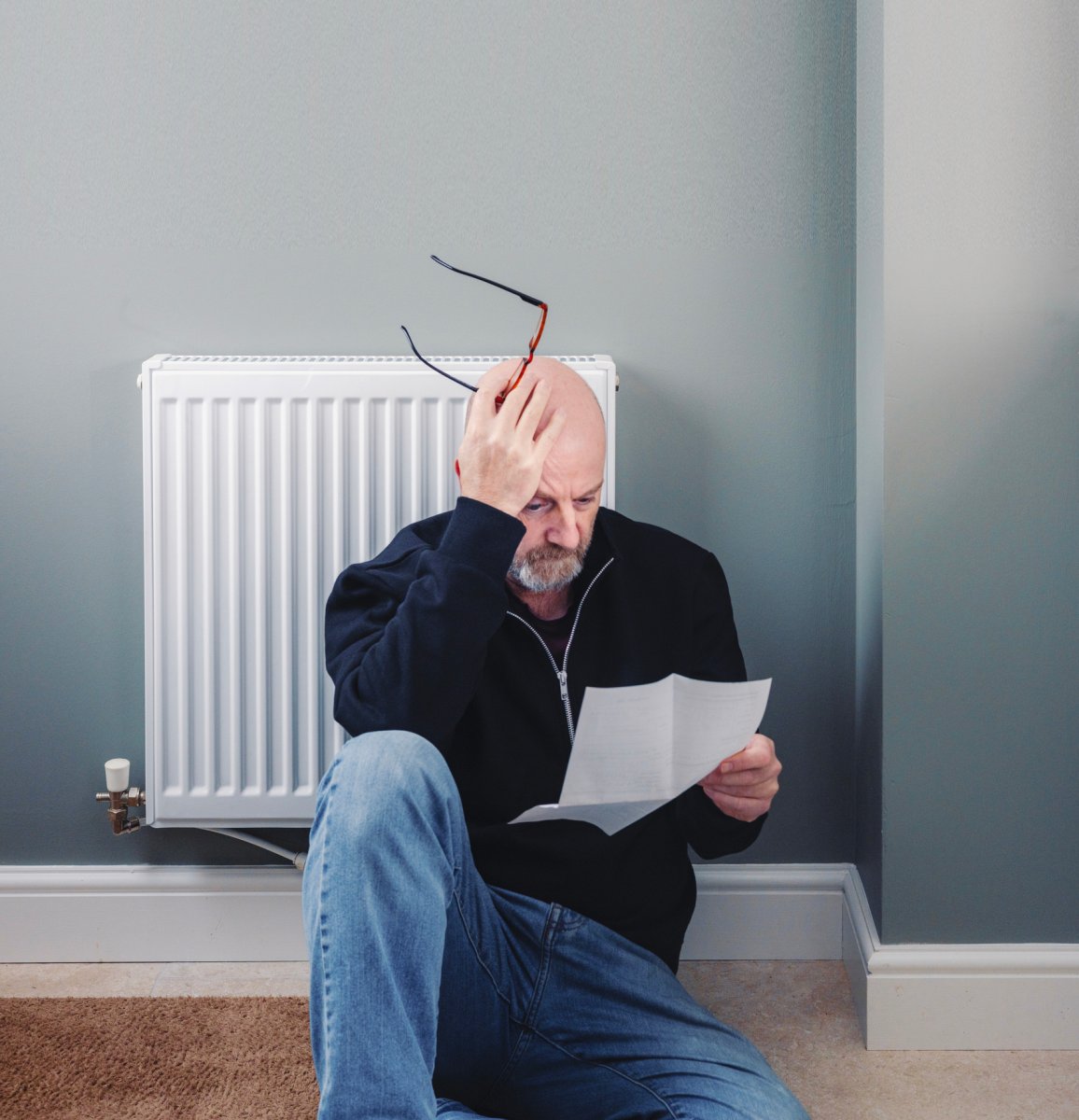

We may earn revenue from the products available on this page and participate in affiliate programs. Learn More ›
As temperatures start to plummet, you can expect your utility bills to rise more than usual. Electricity bills are predicted to increase by 10.2 percent from last year, and gas bills could go up by 8.4 percent, according to the National Energy Assistance Directors Association (NEADA). So far, approximately 60 utility companies have already either raised their rates or proposed to do so, according to the Center for American Progress. Overall, you could pay an average of $976 more for heating your home this winter season.
There is some good news, however. If you heat your home with oil or propane, rates are expected to decrease by 4 percent and 5 percent, respectively.
Here we’ll explore why heating costs are on the rise and ways you can offset these anticipated escalating fees.
Reasons for Rate Increases
With electricity prices surging at twice the rate of inflation and the U.S. Energy Information Administration warning that costs could climb up to 18 percent over the next few years, you have to wonder what is triggering these changes. Here are the main reasons why energy prices are on the rise:
- The high cost of maintaining and upgrading an aging power grid.
- Increased energy demand to run artificial intelligence (AI) centers.
- Russia’s invasion of Ukraine, which has led to a disruption in international energy supply chains and volatility in energy prices.
- Utilities investing in transmission and distribution systems.
- Tariffs imposed by the U.S. government, which have led to increased prices and equipment shortages.
- A scarcity of sufficient gas turbines, which is holding up the expansion of natural gas power plants and raising prices.
- Passage of the “One Big Beautiful Bill Act,” which is expected to make energy more expensive, impact jobs, and make it more difficult to meet rising energy demand, according to an analysis by Energy Innovation.

Tips to Offset Higher Heating Bills
Fortunately, there are several ways for you to help offset your higher heating bills besides bundling up with multiple layers of clothing and blankets to stay warm in winter. Try making one or more of the following changes in your home to keep heating costs manageable.
Adjust and upgrade the thermostat.
Lowering your thermostat by 7 to 10 degrees for 8 hours a day can save up to 10 percent on your heating bills, says the U.S. Department of Energy. Invest in a programmable or smart thermostat to set temperature preferences and schedules, even when you are not home. Smart thermostats can learn your patterns and automatically adjust the temperature for maximum efficiency, and therefore financial savings. It’s recommended to set your thermostat to 68 degrees Fahrenheit when you are home and lower it about 10 degrees at night and when you are away to avoid the mistake of heating an empty home.
Seal leaks around doors and windows.
Check all the doors, windows, and exterior walls for drafts, since your home can lose a great deal of heat if air is leaking out. By sealing air leaks with caulk, insulation, or weatherstripping, you can save between 10 percent and 20 percent on heating bills. Don’t forget to check the basement and attic, as they tend to be drafty areas. If unsure about drafts, identify them by holding a small flame near the area and seeing how much it flickers.
Let sunshine into your home.
Take advantage of the sun to warm up your house or apartment naturally. That way, you will be able to bump down your thermostat a bit and spend less money on heating. When the sun is shining, open curtains, blinds, and drapes, especially on the south-facing side of your home. Then close them at night to trap the heat indoors.

Run ceiling fans.
While we most often associate ceiling fans with cooling us down, they actually warm up a room when they run in the opposite direction. Run ceiling fans clockwise at a low speed during the cold weather to push rising warm air back down. This helps to disperse heat throughout the room and reduces how hard your heating system has to work. Just look for the button on your remote to reverse the motor, and remember to shut it off when you leave the room.
Keep up with HVAC maintenance.
Maintaining your heating system helps ensure that it is running as efficiently as possible. When it does, it requires less energy and money to heat your home sufficiently. Regularly clean vents and fan motors, change air filters, and schedule an inspection by a pro once a year.
Set up a space heater.
Another way to save is to use a space heater so you can lower your thermostat a few degrees. Choose an energy-efficient model that has a thermostat, adjustable heat settings, sleep mode, and auto-off timers to avoid wasting energy. Always turn a space heater off when you leave the room.

Resources to Help
If you are struggling to pay your heating bills, try turning to the following resources:
- Ask your local utility company if they provide discounts, payment plans, payment deadline extensions, or a free home energy audit to help implement cost-saving measures.
- Contact the Low Income Home Energy Assistance Program (LIHEAP), a federal program administered by state governments to help low-income families afford their energy bills. To see if you qualify, view the LIHEAP Eligibility Tool or call 866-674-6327.
- Apply to the Weatherization Assistance Program (WAP), which helps limited-income households reduce energy bills by improving their home’s energy efficiency with weatherization services at no cost. Learn more by contacting your local WAP agency.
